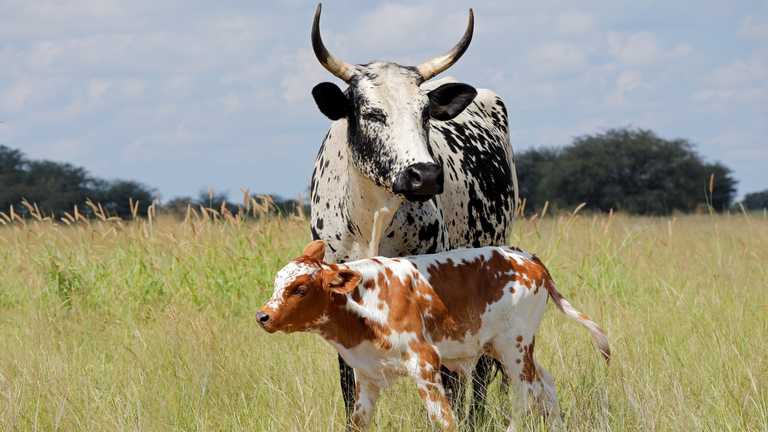

Loading search...
Loading search...
Loading site search...
Loading site search...
Loading site search...
Loading...
Loading site search...
Loading site search...
Posted 26 March
Innovative ways for farmers to use wireless technology to improve efficiency have been explored at a �山���� conference.
The Digital Innovation in Farming: Connecting Rural Landscapes event set out what a team of Harper Adams researchers and their collaborators at Hartpury University have learned while working on the £3.75 million River Severn Partnership Advanced Wireless Innovation Region project.
Postdoctoral Research Assistant Dr Megan Lewis said: “The project is focused on demonstrating the use of advanced wireless networks such as 4G/5G, Wi-Fi and LoRaWAN (low power, wide range networks) in rural environments.”
Among the themes researchers examined through the project was Asset Management – such as monitoring and detecting wildlife or using devices in and around the farm to give real-time information about security, energy use, water use and conditions in crop storage buildings.
They also looked at how the technologies could monitor conditions in livestock units to ensure good health and welfare - and how they could integrate precision agriculture, including the use of drones to monitor and predict the growth of crops.
To test their work and demonstrate how farmers could benefit, the researchers equipped the Harper Adams Future Farm with a range of equipment using advanced wireless technologies.
New additions included devices which are being used to monitor birdsong electronically, on-farm camera traps, multispectral drones collecting information on ground-nesting birds, sensors to examine cow health in the award-winning Harper Adams dairy herd, and drone monitoring of crops.
Megan added: “During the conference, we set out how we have used advanced wireless networks across our farm to improve data uptake and contribute towards the goals of the Future Farm.
“We also welcomed industry experts in advanced wireless networks, who offered advice about how people in the rural environment can get connected and make the most out of new technologies.”
Megan and other researchers – such as Senior Lecturer in Data Science, Dr Joseph Mhango, outlined the project’s valuable lessons for both the Future Farm and for the wider sector.
Joseph added: “Some of the uses we’ve put technology to on the Future Farm, such as the acoustic bird recorders, lapwing project and camera traps, provide a means for tracking bird biodiversity – and makes this available to our Farm team as one avenue for providing evidence-based reporting around biodiversity.
“Our Cheiron and Happy cow sensors data are a direct decision-support tool for precise real-time interventions in response to environmental stresses in our livestock.
“The precision farming use case directly opens up high throughput field-based phenotyping and crop growth monitoring for all arable farming operations on the Future Farm.”
Megan added: “The examples demonstrated provide farmers with some insight into what can be achieved using advanced wireless networks and highlight the potential options they could pursue in terms of getting connected themselves, if they are currently having issues with connectivity.”
Looking back at her favourite parts of the project, she added: “I’m a little biased - on the basis that I am focussed on the acoustic bird recorders and wildlife camera traps - but I am a big fan of both of them.
“I enjoy being able to have a look at the results easily, and it’s always exciting to spot a new species on the camera trap too!”










We use cookies to ensure that we give you the best experience on our website. If you continue without changing your settings, we'll assume that you are happy to receive all cookies on the website. However, you can change your cookie settings at any time.